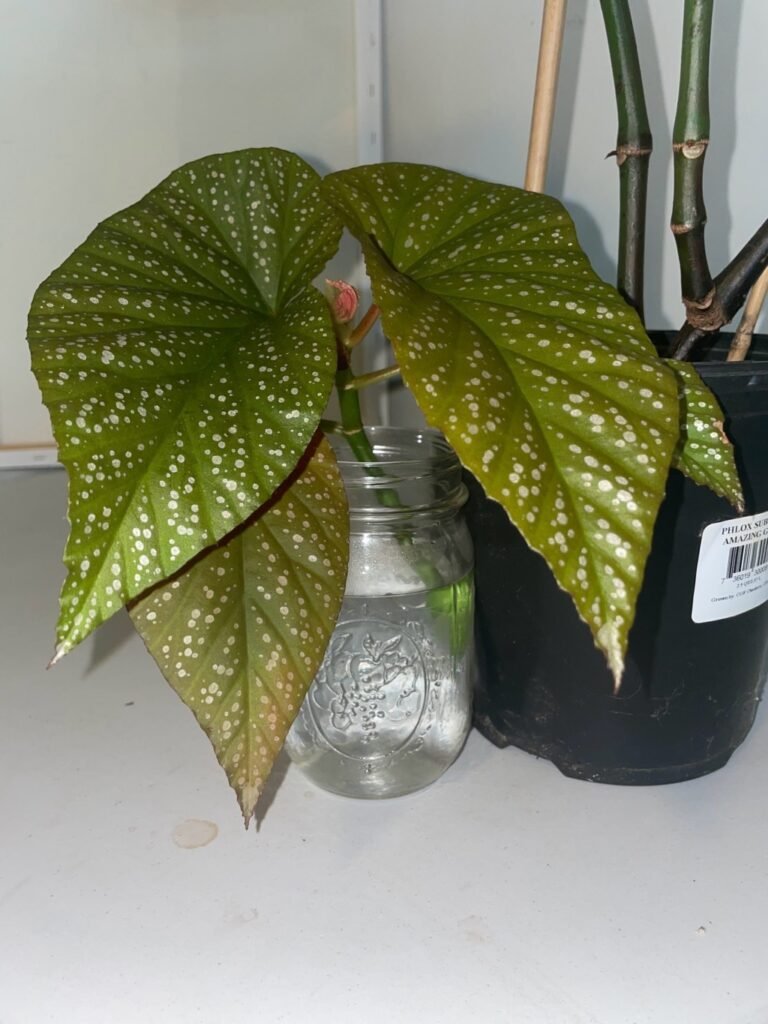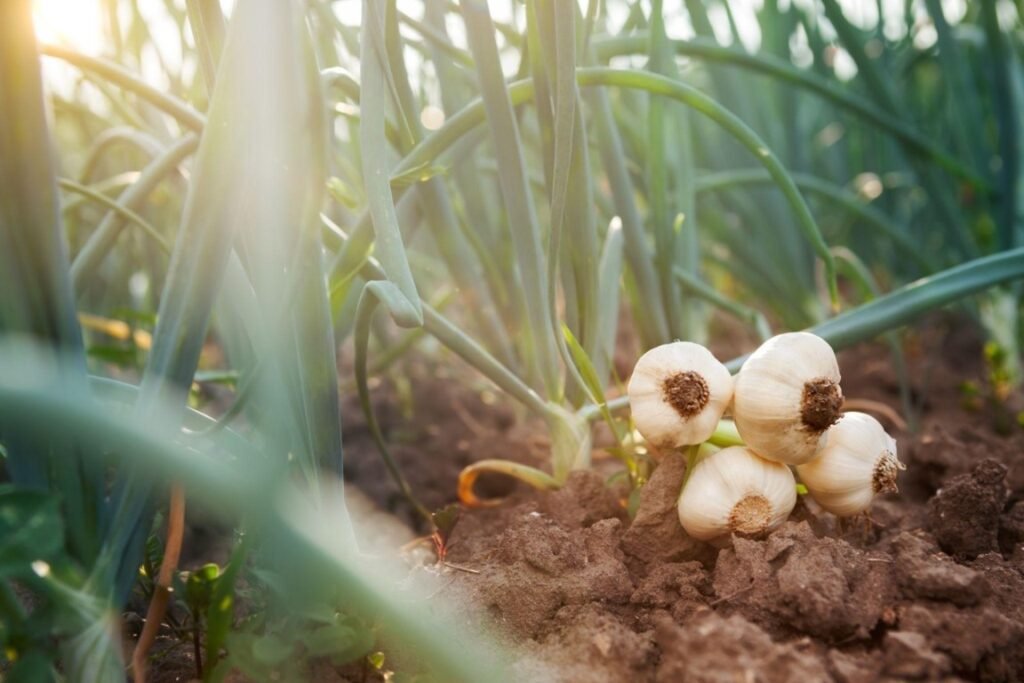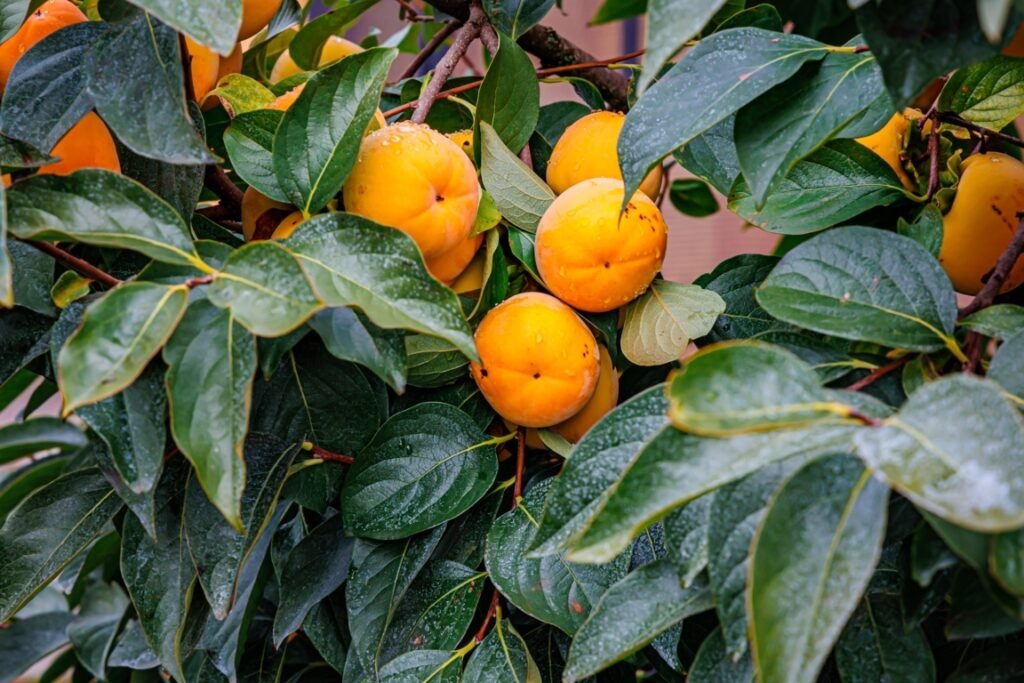
Begonia maculata, aka polka dot begonia, is one of the most stunning and unique varieties of the Begonia genus. After its discovery in 1820, the native Central American plant was named after the Latin word “macula”, meaning mottled or spotted.
The colorful and elegant tropical is a favorite houseplant of many gardening enthusiasts, myself included.
Some years ago a friend of mine gifted me a tiny cutting of a strange-looking plant.
I was intrigued, and I never say no to a plant as a present, so I gladly took it home with me.
Since that day the begonia hasn’t stopped growing. It stretches long and tall, reaching for the indirect sun it receives. The plant itself has been virtually maintenance-free in my experience.
At one point, it hadn’t gotten too tall and the main stalk broke off right at the base.
I was horrified that I might have lost my dear begonia. But in the very same pot, I just replanted the stalk and didn’t give it much thought. To my surprise, a couple weeks later, it started regrowing!
I’d never seen anything like it.
After that, it became obvious to me this resilient plant could be easily propagated. I’ve made many new plants from my original and continue to pay forward the favor of my friend’s initial gift.
This brings us to the theme of the article: Begonia maculata can be propagated effectively in a few different ways. Read on to find out how!
Begonia Maculata Propagation From Stem Cuttings
Polka dot begonias can be propagated with stem cuttings in two ways; by planting it into soil and putting it into a jar of water.

Propagate Stem Cuttings in Soil
- Start with a sterilized, sharp pair of garden shears or scissors. Find a healthy stem that’s about 4 inches long and has at least a couple of growing nodes. Cut it at a 45-degree angle below a node.
- Fill a small pot with a moistened potting mix and make a small hole to insert the stem end of the cutting. A rooting hormone can be dabbed onto the cut end before planting to help initiate rooting. Sprinkle a mycorrhizal fungi product into the planting container to promote healthy root growth.
- Move the cutting to a warm, humid area that receives indirect light. Make sure the soil stays moist but drains well, begonias are susceptible to root rot. Mix in perlite or vermiculate to aid drainage.
- At this point your new plant doesn’t have any roots and is not able to take in water. A humid atmosphere is crucial for it to survive. The foliage needs to absorb moisture from the air. A cheap humidifier will help maintain a moist environment for your begonia. An easier option is to drape a clear plastic bag over the fresh cutting to seal in humidity. Remove the bag once a day to let in fresh air.
- After 2-3 weeks your begonia should start to take root. To test for this, carefully hold the cutting at the base of the stem and very gently pull upwards. If you feel some resistance, then great news, your cutting has taken root!

Propagate Stem Cuttings in Water
- Take a cutting like you would for soil propagation. Use a sterilized, sharp tool (this can’t be emphasized enough.)
- Fill a jar with room-temperature water. A pint or quart jar works fine, use one that best accommodates the size of your cutting. Depending on the size of the cutting, the broad leaves may be able to rest on the rim of the jar while the stem remains submerged. It’s essential to keep the leaves dry. If the leaves can’t support the cutting in place, use something like a thin bamboo stake to prop it up.
- Change the water every few days to keep it fresh and clean.
- After a few weeks, roots should start emerging from the stem. When they are about three inches long, the cutting is ready to be transferred to a pot. Transplant much like you would with a fresh cutting, just be careful not to damage the fragile roots.
- Set the new transplant somewhere with bright, indirect light. Water regularly, but make sure it drains well The roots will take a little time to acclimate to their new home, but once they take hold in a week or two, you’ll notice your begonia begin to grow again.

Begonia Maculata Leaf Propagation
A rather unique feature of begonia maculata is that it can be propagated simply from cuttings of its own leaves.
- Snip a young, healthy leaf from your begonia plant and cut off its stalk.
- Make tiny slices in the underside along the main veins of the leaf.
- Fill a seed tray with a moist medium, and make sure it’s firm and level.
- Using small staples or pins, fasten the leaf flat to the surface of the medium.
- Keep the tray in a warm area that receives bright, indirect light. Mist the medium and leaf around the site of the vein cuts.
- Tiny new plants should emerge at the base of the leaf and its veins.
- The young plants can be carefully separated and planted independently, or the whole bunch can be potted up together for a more bushy plant.
- Leaves can also be cut into wedges with the cut edge inserted into the medium. Or, leave the stem intact and plant that directly into the medium. Leaf propagation benefits from humid conditions, keep trays covered with plastic, occasionally removing it to let in fresh air.
Propagate Begonia Maculata by Division
When your plant has multiple stalks and is starting to grow too large for its container is a great time to divide its roots to make new plants.
- Carefully remove your begonia from its container. Squeeze and compress the pot it’s in, loosening up the soil and roots. Don’t pull on leaves or stems; tip it upside down and slide it out, root ball and all.
- Gently untangle the roots and cut apart separate parts of the plant. Use sharp, sterilized scissors or shears to make clean cuts.
- Any roots that look discolored or feel soft and mushy should be removed.
- Separate as many pieces as you would like to replant.
- Replant the mother back into its original pot and transplant the babies into fresh media.
Propagate Begonia Maculata with Seeds
It’s also possible to grow brand new polka dot begonias by starting them from seed.
Propagating by seed, of course, will take more care and time, and you won’t get an exact clone of the mother plant like you would from other forms of propagation.
Yet, I think that’s part of the fun of sprouting seeds. Each seedling will be unique, with its own characteristics. You may be delightfully surprised by the offspring and choose to grow and propagate that variety further.
You can obtain seeds from many different seed companies, online marketplaces and garden clubs and societies. They can also be collected from your own plant after they develop, mature and dry.
Container
Begonia seeds are teeny and have to be handled carefully; they’re easily blown away and lost. Because of their small size, they should be started in small containers. Most gardening pots are too big. Try using something smaller like a 2 oz. to-go condiment container.
It will give you better control of the environment of your seedling and you can even peak through the sides to see how the roots are developing.
Medium
A light soilless mix works best for germinating begonia seeds. Something like peat or coco (water retention) mixed with perlite or vermiculite (drainage capacity) makes a good blend.
Moisten the mix beforehand so that it’s wet but not damp. The little plastic containers retain moisture for a long time.
Begonia Maculata Seed Sowing Steps
- Fill the little containers about halfway. There’s no need to add drainage holes.
- Carefully sprinkle 10-20 seeds, evenly spreading them around the surface of the medium.
- Do not cover the seeds and snap the lid onto the container.
- The container can be put in an out-of-the-way place as long as it has low light and warm (60-70 degrees) temperatures.
- Check daily for any germinating seeds, which should occur around two weeks after planting. Maintain even medium moisture. Be patient, begonia seeds are known to be slow starters.
- When seeds start sprouting, move them to a well-lit area. The tiny seedlings will need bright light to encourage their growth.
- The densely planted seedlings will eventually need to be thinned out. Make space for them to grow successfully by snipping or plucking out some from the most crowded area. Another option is to very gently break up the clumps of seedlings and transplant them into their own containers.
- Seedlings can remain in their small containers for quite a long time. Transplant them into a larger pot only after they’re well established.

Begonia Maculata Propagation Tips
Here are a few general tips that will help you have success when propagating your maculata:
- Although these begonias can be propagated at any time, spring is the best season to do so. The increasing daylight will encourage new root and vegetative growth.
- Begonias don’t mind being kept in small containers as long as the soil is well drained and replaced from time to time.
- After flowers have faded and dried, snip them off and save the seeds for future propagation.
- Begonia maculata is the perfect indoor plant. They don’t require direct light and 67-70 degrees is the ideal temperature. Keep these factors stable and constant, especially while propagating.
- When transplanting, add a layer of pebbles to the bottom of the growing pot to increase drainage and minimize the possibility of root rot.
- Polka dot begonias benefit from occasional pruning. Plan your pruning ahead of time and use the cuttings to propagate brand-new plants.
- Learning to propagate your own begonia maculata will give you great satisfaction and save you money on buying expensive plants. You can sell the new plants yourself or share them with other begonia enthusiasts!
Frequently Asked Questions (FAQ)
How long does it take for Begonia maculata to root?
It can take anywhere from 2-6 weeks for a stem or leaf cutting to take root in a new pot.
How can I manage the height of Begonia maculata?
Growing tips can be pinched out during the long days of summer when stems get too long. The plant will recover quickly by sending out new growth from lower on the stalk. Tall plants can also be staked for support.
Should begonias be misted?
Begonias like humid conditions but should not be misted, as this could lead to the spread of disease. A humidifier can be used to raise humidity if needed.
How does Begonia maculata tolerate being rootbound?
Maculatas prefer to be in a small pot and don’t mind being a bit rootbound. It is important however to replace the soil on an annual basis to replenish nutrients.



